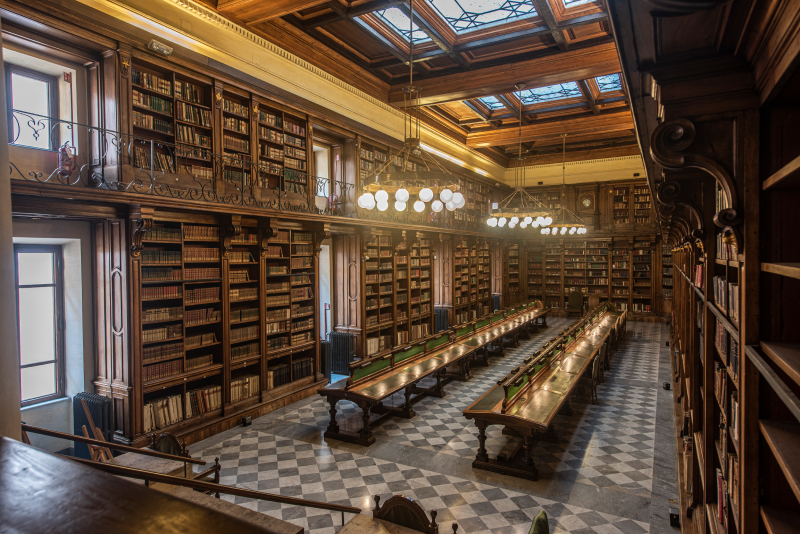With increased acquisitions and a larger user base, the library was in dire need of additional space
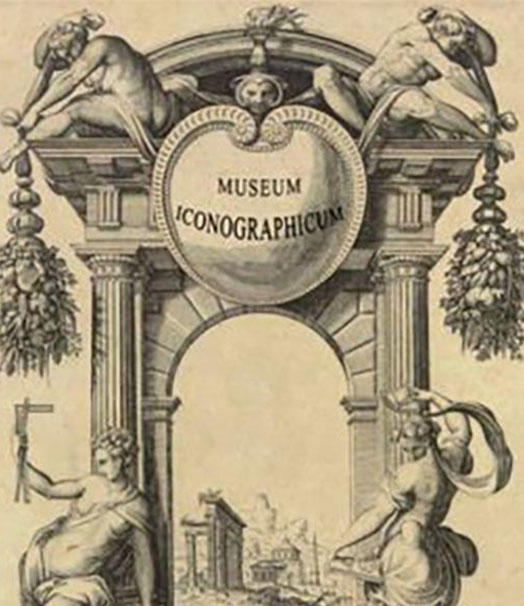
With the library's new status came an increase in funds for acquisitions, starting as early as 1967. In the Seventies, even more donations were made: the Attilio Rossi (1909-1994) bequest in 1970 , and that of Fondo Rusconi in 1971.
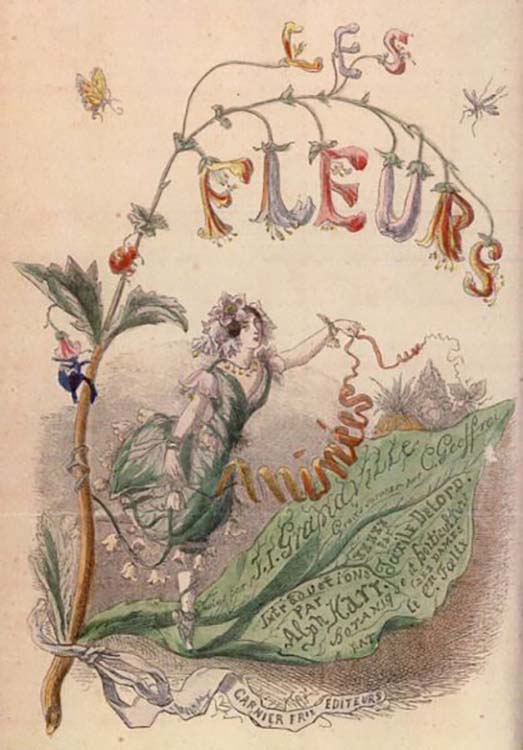
The Flowers Personified by J.J. Grandville, with the introduction by Alph. Karr, published in 1867, donated by Attilio Rossi
At the same time, extant spatial challenges only got worse, often linked to the increasingly evident inadequacy of the spaces and structures available, exacerbated by the expanding collections and increased number of users. Once the structural instability of the tower (the Torre della Biscia) was confirmed in 1985, the library was forced to partially close to the public. Five years later, in 1990, the entire library was shuttered so that its rooms in Palazzo Venezia could be refurbished.
The Museum Iconographicum, the online database where a part of the manuscripts and printed materials published between 16th and 19th centuries, originating from the ‘Rai Roma’ section in the Sala Barbo (Barbo Hall), can be consulted.
As the refurbishment proceeded, the library was able to acquire new spaces. They include the Sala Barbo, the room on the ground floor of Palazzo Venezia granted to the library by the Office of Artistic and Historic Heritage, and the Sala della Crociera, the former headquarters of the National Central Library of Rome, in the Roman College building.
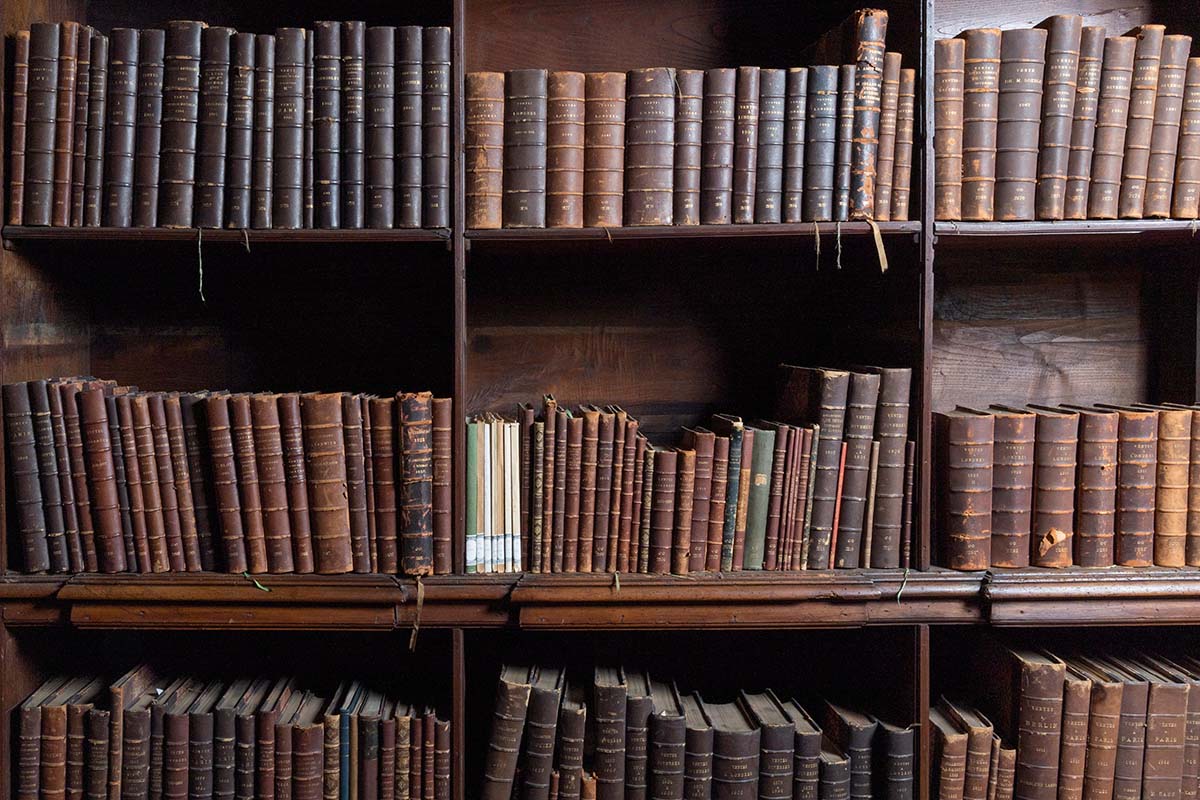
The Sala della Crociera at the Palazzo del Collegio Romano
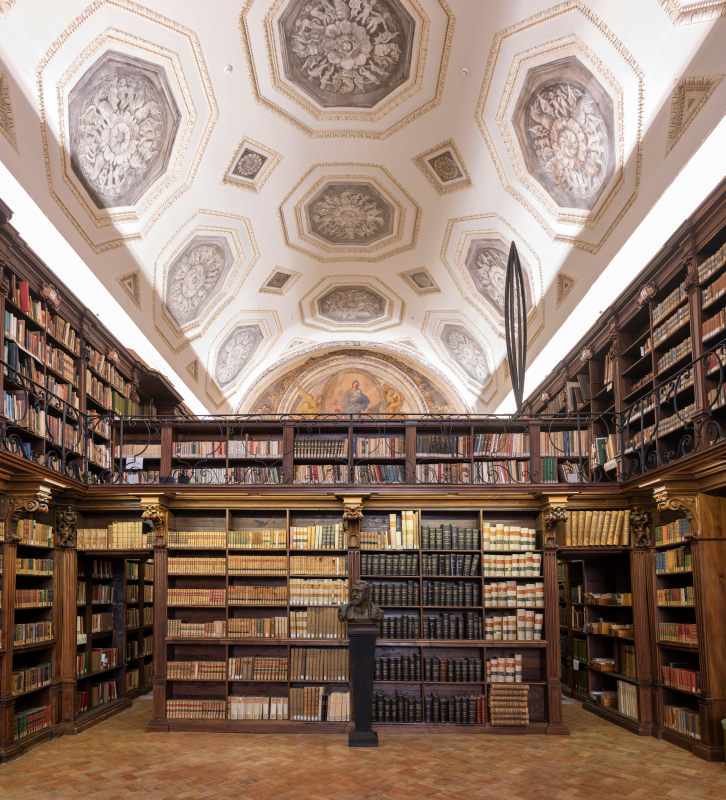
The Sala della Crociera at the Palazzo del Collegio Romano
